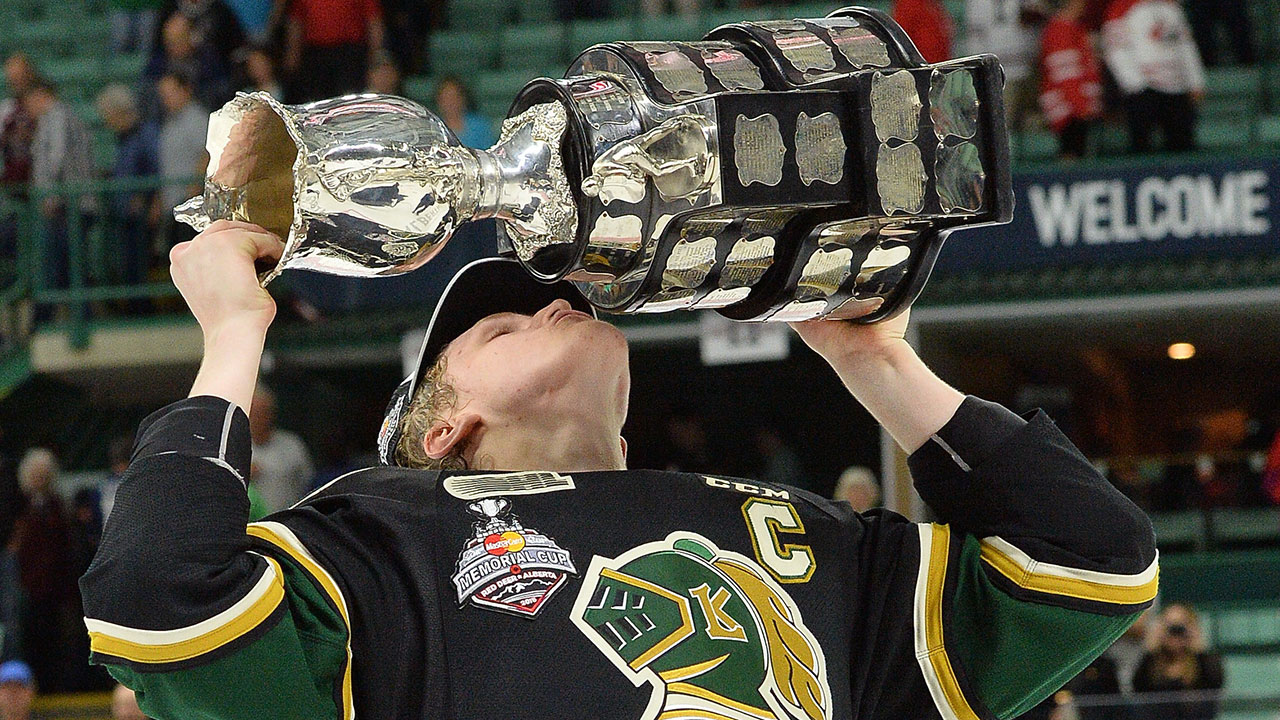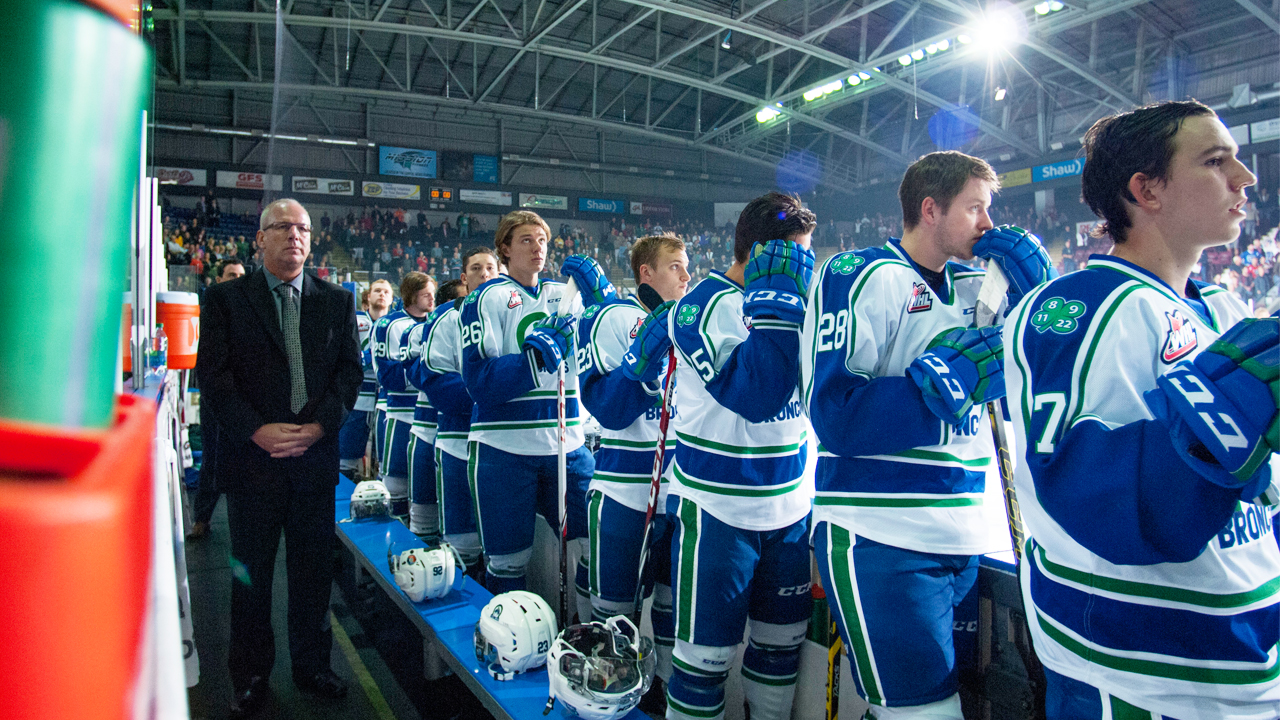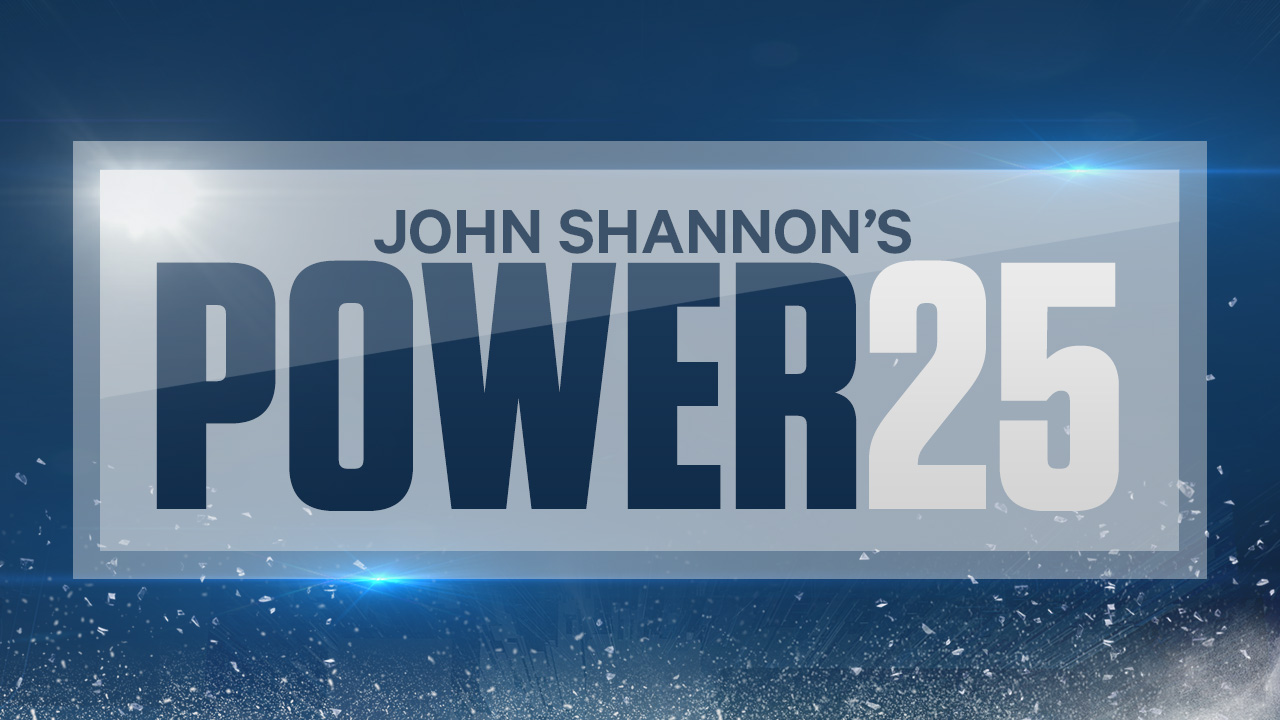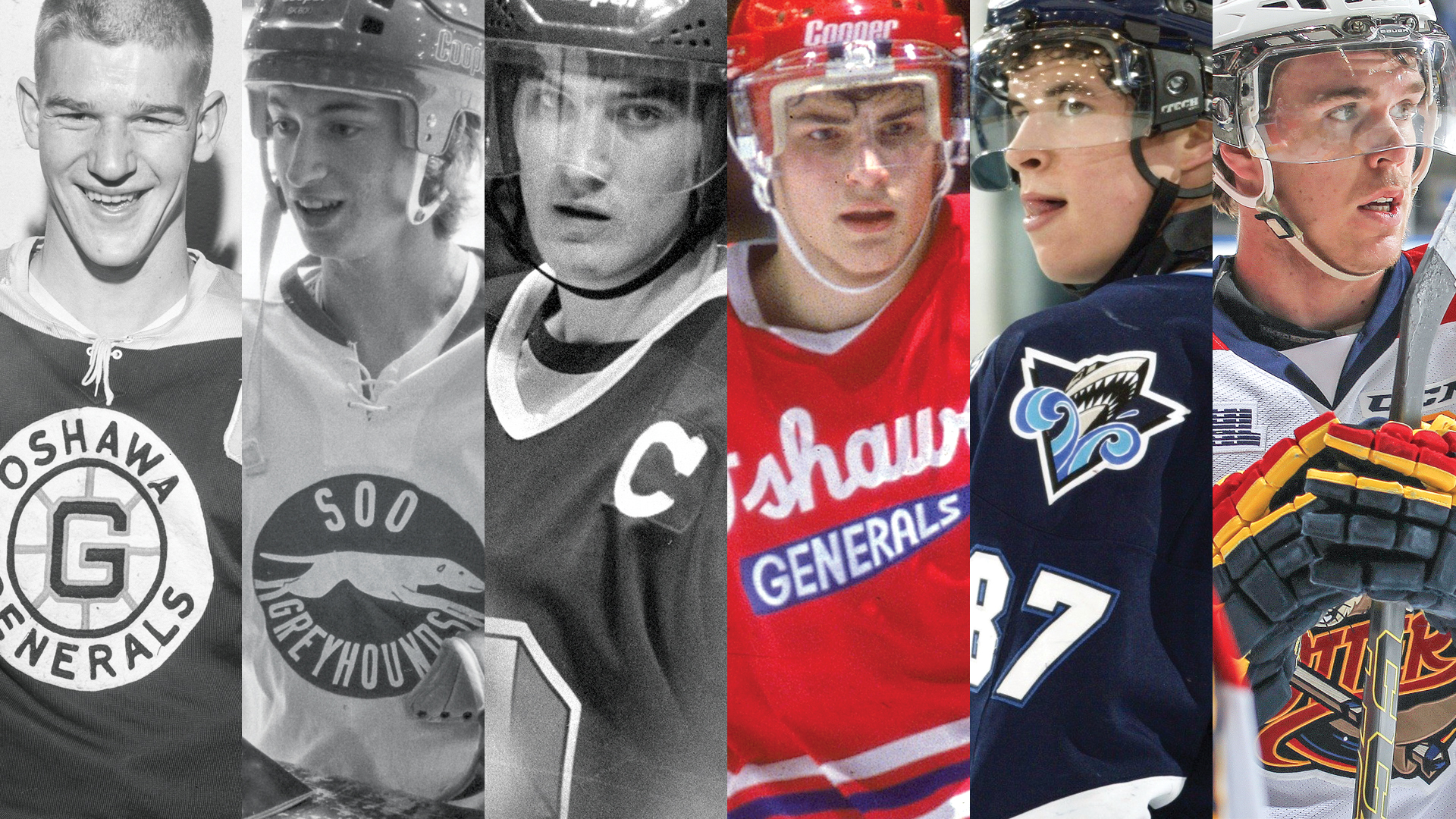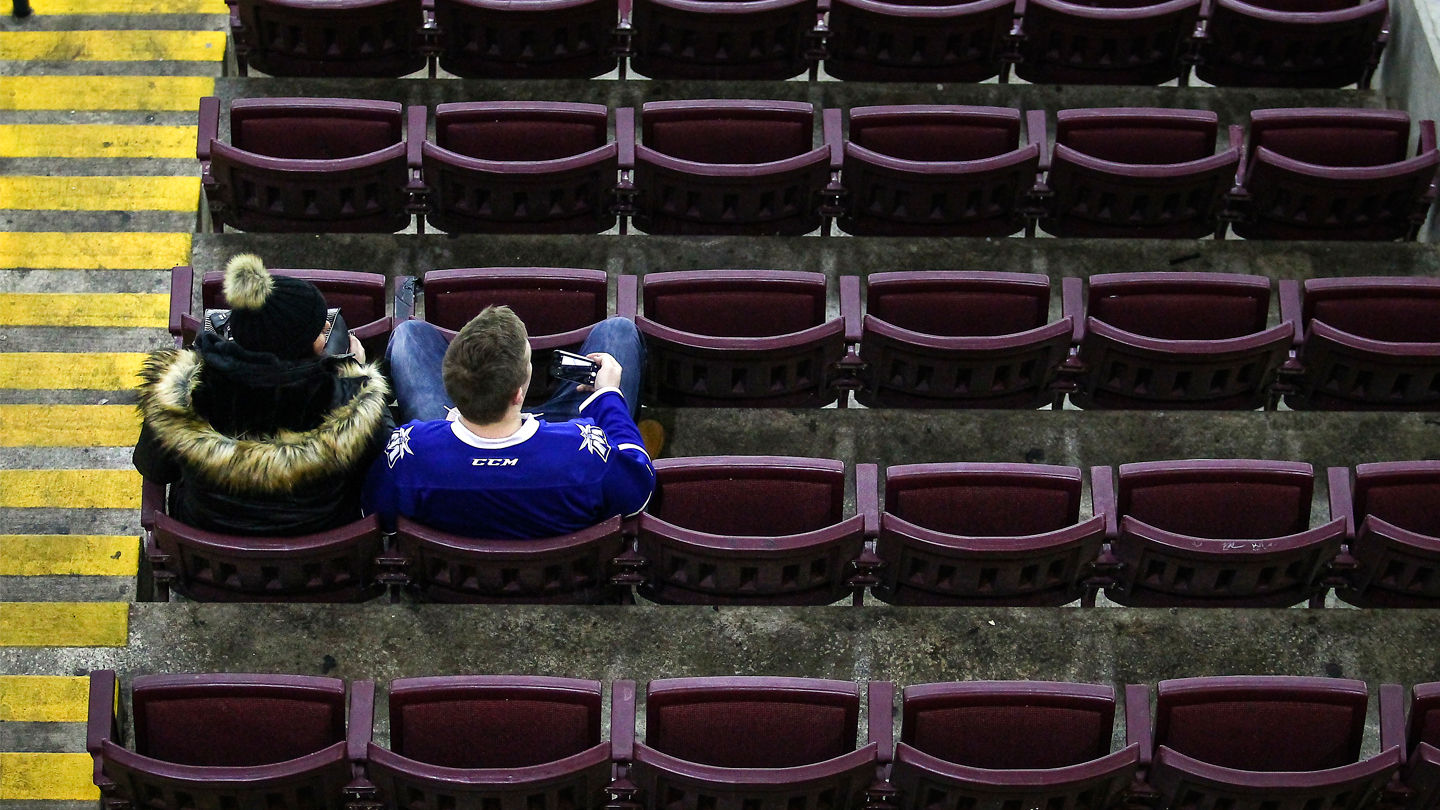“On both sides, it’s not a matter of can or can’t but rather want or don’t want,” Lander says. “[Mongeon, KPMG and O’Reilly] did what they were asked to do: Find an analysis to support [a] starting position—for the plaintiffs, what they want [done], and for the defendants, what they don’t want to do.”
Given that lack of both certainty and clarity, let’s look at the minimum-wage for CHL players hypothetically. And in doing so, let’s take the league at its word, presuming that the figures in its affidavit give an unmuddied picture of the CHL’s finances.
The league in its submission is saying, effectively, that the majority of teams would suffer huge losses or have to fold if they were burdened with the additional cost of minimum wage for players on top of their existing expenses. (A one-time payout to former players for services rendered would only compound the misery.) Doubt or dispute that if you please—and surely the plaintiffs will—but even if you look just at the numbers that the CHL submitted and then take a reasonable guess at the cost of adding that minimum wage, it does seem possible that the league could restructure and get out the other side.
First, let’s dream in technicolor and go with the macro: Say the CHL convinces the big-fish franchises to share with the minnows. Yes, somehow Owen Sound participates in the London Knights’ good fortune. Ditto, say, Swift Current in an operation like Calgary’s or Edmonton’s. That would be real cause to take the leagues at their word that everyone is doing all of this for the good of the game.
If you can sell revenue sharing, please do. And then get back to us to negotiate world peace in our time. But again, this is a hypothetical argument. Play it out.



